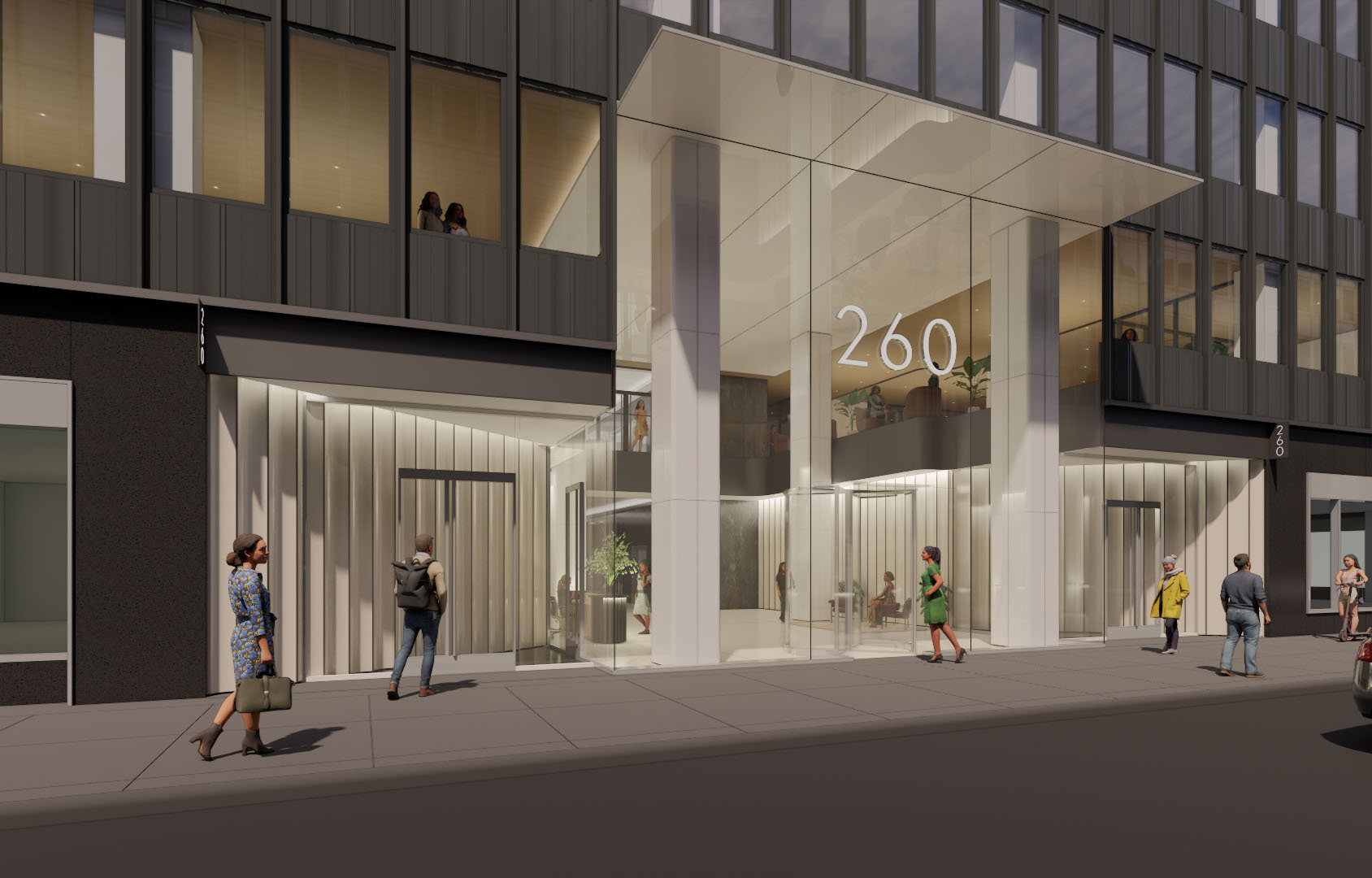Section 1031 exchange market: 2017 has gotten off to an interesting start - by Michael Packman

I’ve been in the finance world for twenty-two years now and have been invested at various times in just about every asset class, however, one that I have been extremely involved in for many years now is the securitized real estate market, especially in relation to 1031 exchanges. As I was doing my regular review of the data from this segment of the 1031 market, I found myself reflecting on these last ten years. That prompted me to reach out to one of our most reliable resources in the space, Taylor Garrett, a partner of Mountain Dell Consulting/Orchard Securities. Orchard has raised approximately $1.7 billion of 1031 money over the last 13 years and their consulting arm, Mountain Dell is the industry’s go-to source for statistics. As it turned out, comparing this period to the one of ten years ago, was something he’d already been working on, so he had all the information on hand. As we reviewed the data, we found both some interesting correlations and differences to the 2006-2007 period. In 2006, there was about $3.65 billion of equity placed in securitized exchanges, which crashed all the way down to $170 million in 2010. In 2016 it has since rebounded back to around $1.44 billion and on pace for a similar amount this year. Unfortunately a lot of the deals from the boom period did go bust. Keeping that in mind, I was trying to see what might make the future better for investors of today if the next recessionary period hits while they are invested. We are currently seeing prices for properties trading again at lower and lower caps rates. However, I did see some encouraging differences. First of all, the majority of the properties inside of these offerings were apartment and mostly high credit single-tenant retail, whereas, in 2006, just over 40% were multi-tenant office. History has shown that passive exchanges into apartments and high quality single tenant properties did weather the recession better than some other asset classes. Another big difference is the use of leverage is down 10-20% on average in the current offerings. There were only 29 sponsors of all the offerings last year, down from 81 in 2006, that’ down by almost two-thirds. The reason for this is that the quality of the sponsor has become as important, if not more important than the real estate inside the offering. This is leading to more changes for the better in the space. While Inland has always been the largest company in the space, and has dominated the market (in 2016 alone they placed over $500 million in equity), last year saw a global Wall Street Bank enter the market and by the first quarter of 2017, they had already placed over $100 million. Whereas, in the mid 2000’s, just about anyone was able to start a sponsor and raise money, the barrier to entry is becoming increasingly higher.
Whether we are at the tail end of the current cycle, or just hitting the stride, isn’t for me to know, but my decades of experience tells me that erring on the side of caution when you start even asking these questions is usually prudent. We underwrite the worst-case scenarios while doing our due diligence on every property we evaluate and do our best to understand the probability of it coming to pass as well as making sure we are prepared so that we can take the appropriate action if it does. My advice to anyone looking to do an exchange in this market whether considering a securitized offering or a property that you are planning to manage yourself, is don’t rush your due diligence and if you’re going to be optimistic, be cautiously so.
Michael Packman is the chief executive officer and Brian Sidman is a managing partner at PNI Equities, a division of PNI Capital Partners, Westbury, N.Y.
PNI Capital Partners Inc. is a branch office of, and offers securities through Axiom Capital Management, Inc. member FINRA/SIPC. PNI Capital Partners, Inc. and Axiom Capital Management, Inc. are independent of each other. PNI Capital Partners does not offer tax advice. Please consult your tax professional for tax advice.
AmTrustRE completes $211m acquisition of 260 Madison Ave.


Lasting effects of eminent domain on commercial development - by Sebastian Jablonski

Strategic pause - by Shallini Mehra and Chirag Doshi

Behind the post: Why reels, stories, and shorts work for CRE (and how to use them) - by Kimberly Zar Bloorian









.jpg)
.gif)
.gif)